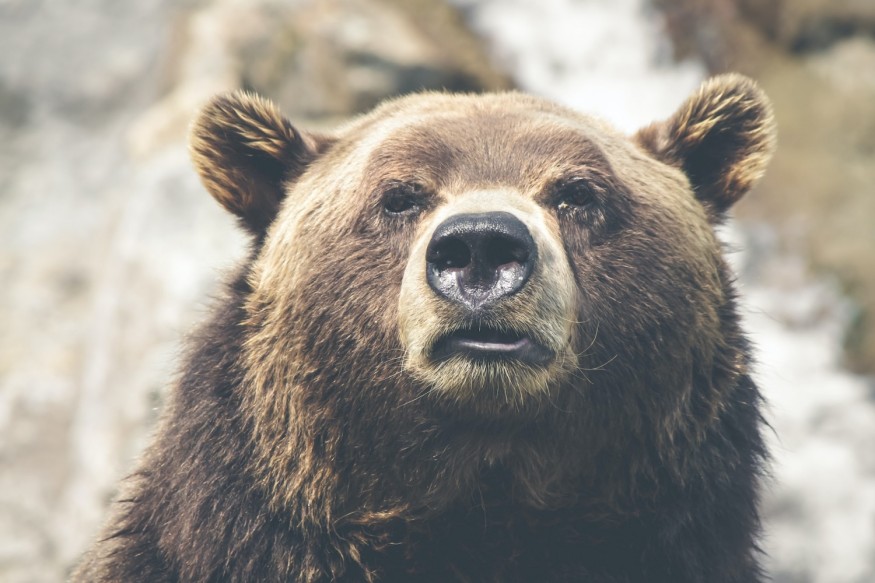
How fast can a bear run? It can be out of curiosity or caution, but it can be helpful to know the response. Adding to that, are they faster than humans? These are some of the questions every explorer, wanderer, and outdoor enthusiast ought to be aware of.
How Fast Can a Bear Run?
Although some bear species are known to be successful predators, which may suggest they hunt at high speeds, the majority of bear species are fairly heavy, which could slow them down. When confronted head-on with a bear in the wild, there are numerous strategies to keep yourself safe.
Must attempt to flee be among them? All the factors that could be involved in winning a bear footrace can be taken into consideration by breaking down the subject of interest. Additionally, this might provide an answer to queries like 'Can a human outrun a bear?'
Mechanics of a Running Bear
Bears move on all fours, known as quadrupedal locomotion. Biomechanics explores how living systems function, including the mechanics of cells, organs, and whole organisms. Analyzing bear running biomechanics reveals efficiency and constraints, comparing it to human bipedal movement.
Bears possess physiological adaptations for efficient running, as observed in a 2017 study. Their shoulder joint efficiently absorbs energy as they increase speed. Larger quadrupeds are generally more efficient runners, despite their weight, due to longer limbs and lower stride frequency. This allows larger animals like bears to run faster and farther. While bears excel in speed, they can't maintain high speeds over extended distances.
Evolution of the Human Body in Terms of Running
The human body evolved for efficient long-distance running, favoring it over sprinting. Evolutionary anthropologists propose that long-distance running evolved for hunting, specifically "persistence hunting," where hunters chased prey to exhaustion for an easy kill. Humans' ability to sweat through numerous sweat glands and minimal body hair enables efficient evaporative cooling, unlike fur-covered animals. Shorter toes, or pedal phalanges, aid long-distance running.
These adaptations helped early humans excel in endurance hunting, making them formidable pursuers over long distances, ensuring their survival and successful hunting expeditions.
Running Speed: Human vs. Bear
Human Running Speed
The typical top speed for a human adult in a sprint is 15 miles per hour. Florence Griffith-Joyner, who holds the female 100-meter sprint world record, blazed at 21.3 miles per hour during her record-setting run. Usain Bolt, regarded as the world's fastest man, reached an astounding top-recorded speed of 27.44 miles per hour.
Bear Running Speed Per Species
Among bears, the American black bear is the fastest, capable of running over 35 miles per hour, but they can't sustain this speed for long. Grizzly bears come next with a top-recorded speed of 30 miles per hour. Polar bears are the slowest, reaching a maximum land speed of 25 miles per hour, thanks to their large paws suited for walking on snow and swimming but not for running. Black bears typically travel at under 4 miles per hour.
Also Read : Black Bear Cub Being Handled by Visitors Results in Temporary Closure of Scenic Route in NC Parkway
Are They Faster Than Humans?
The average human cannot outrun a bear in a sprint; all bear species are faster. The only exception might be Usain Bolt outrunning a polar bear. However, in long-distance scenarios, humans could run a bear to exhaustion, if hunting. When a bear is chasing a human, the bear typically prevails in a sprint, while humans have an advantage in endurance and distance running.
Best Move in a Bear Encounter
When venturing into bear-inhabited areas, one should research seasonal bear movements to minimize the risk of an encounter. In the event of a bear encounter, maintaining calmness is crucial. Avoid aggressive behavior and, if accompanied by small children, ensure their safety. Speaking to the bear in low, calm tones helps it recognize humans and not prey animals.
Sudden movements, screams, or imitating bear sounds should be avoided. If a bear stands on its hind legs, it's usually out of curiosity rather than aggression. In rare attack situations, the approach differs for brown or grizzly bears, where playing dead may work, and for black bears, where escape or self-defense is advised.
Related Article : Grizzly Bear Killed After Surprise Encounter in Montana, Hunter Injured in Misfire
© 2025 NatureWorldNews.com All rights reserved. Do not reproduce without permission.





